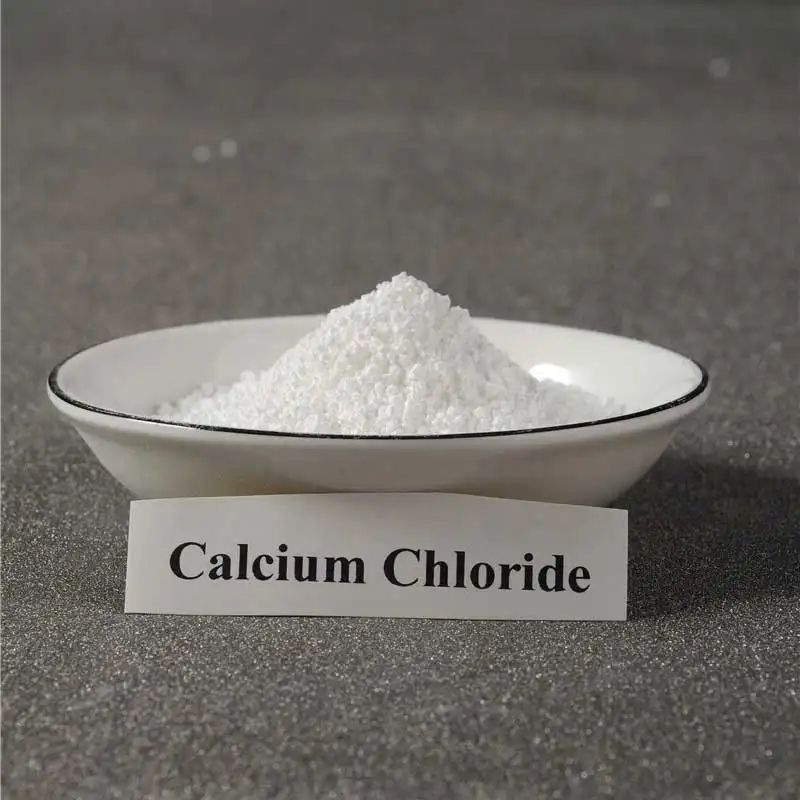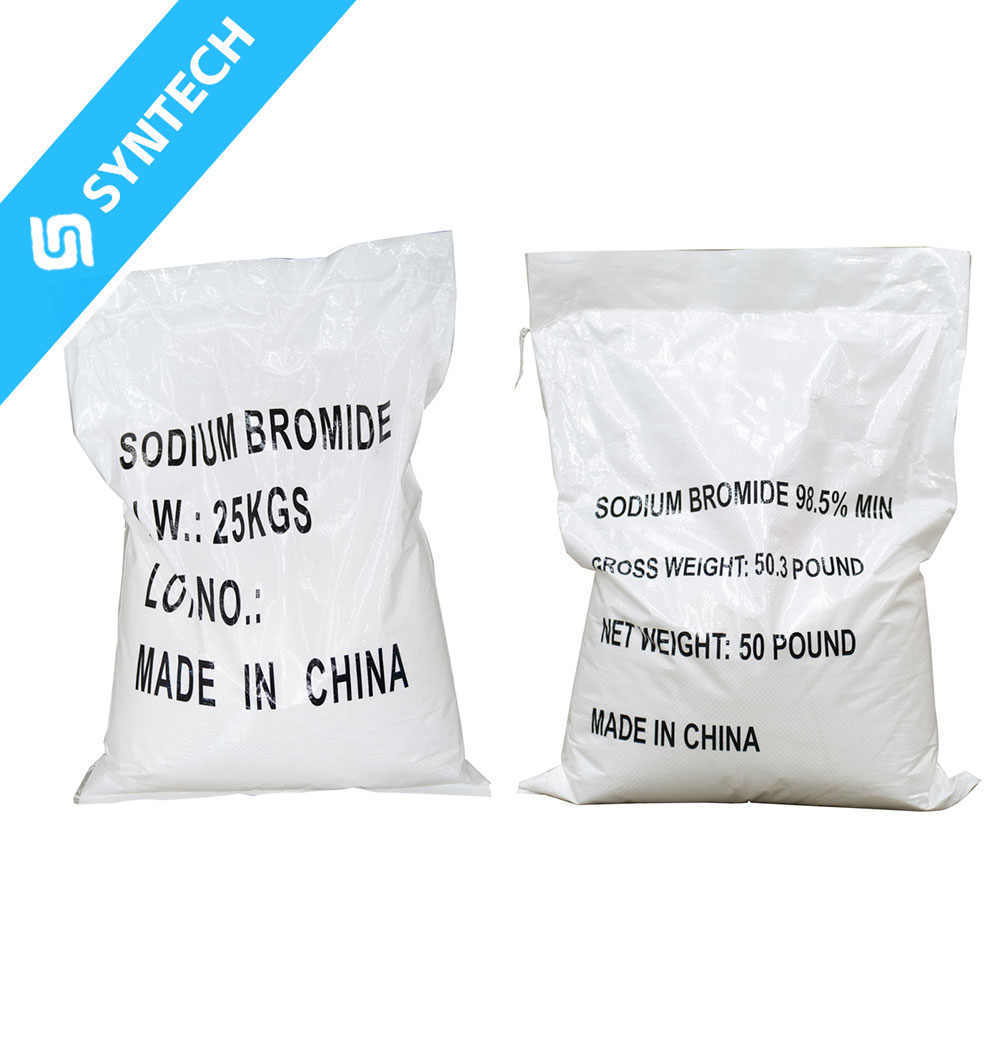Sodium Methallyl Sulfonate (SMAS) is a hygroscopic and potentially reactive chemical that requires strict adherence to storage protocols to ensure safety and stability. Below are detailed storage requirements:
1. Storage Environment Requirements
- Temperature & Humidity Control
- Temperature: Store in a cool, dry place with ideal temperature ≤30°C; avoid high temperatures (>50°C may accelerate decomposition).
- Humidity: Relative humidity should be <60%; strict moisture protection is required (hygroscopic absorption may cause caking or degradation).
- Ventilation
- The storage area must have adequate ventilation to prevent vapor accumulation.
2. Packaging & Containers
- Original Packaging Storage:
- Preferably maintain factory-sealed packaging (e.g., kraft paper bags with PE lining or plastic drums).
- If transferred after opening, use corrosion-resistant, airtight containers (e.g., HDPE or glass).
- Leak Prevention:
- Place on spill containment pallets to avoid direct contact with the floor.
3. Segregation & Compatibility
- Incompatible Materials:
- Keep away from oxidizers (e.g., peroxides, nitrates), strong acids (e.g., sulfuric acid), and strong bases (e.g., sodium hydroxide).
- Do not store with flammables or reducing agents.
- Dedicated Storage Area:
- Designate a separate zone in the chemical warehouse labeled “Corrosive Substance”.
4. Stability & Shelf Life
- Stability:
- Stable at room temperature, but prolonged exposure to humid/heat conditions may cause polymerization or decomposition.
- Industrial-grade products typically contain polymerization inhibitors (e.g., MEHQ); avoid light exposure to maintain efficacy.
- Shelf Life:
- Generally 1-2 years when unopened; use within 6 months after opening.
5. Safety Measures
- Personal Protection:
- Operators must wear N95 dust masks, goggles, and chemical-resistant gloves.
- Emergency Equipment:
- Equip storage areas with absorbent materials (e.g., sand), fire extinguishers (dry powder/CO₂), and emergency eyewash stations.
6. Special Considerations
- Monitoring:
- Regularly inspect packaging integrity; address moisture absorption or caking immediately.
- Waste Disposal:
- Dispose of waste as hazardous material—never discard casually or flush into drains.
Regulatory Compliance
Storage must comply with:
- China’s “Regulations on Safe Management of Hazardous Chemicals” (GB 15603-2022)
- International standards (e.g., OSHA 29 CFR 1910.106)
Regularly review the latest MSDS (Material Safety Data Sheet) for updated storage requirements. For long-term storage, consult suppliers for stability data.
Let me know if you need further clarification!






